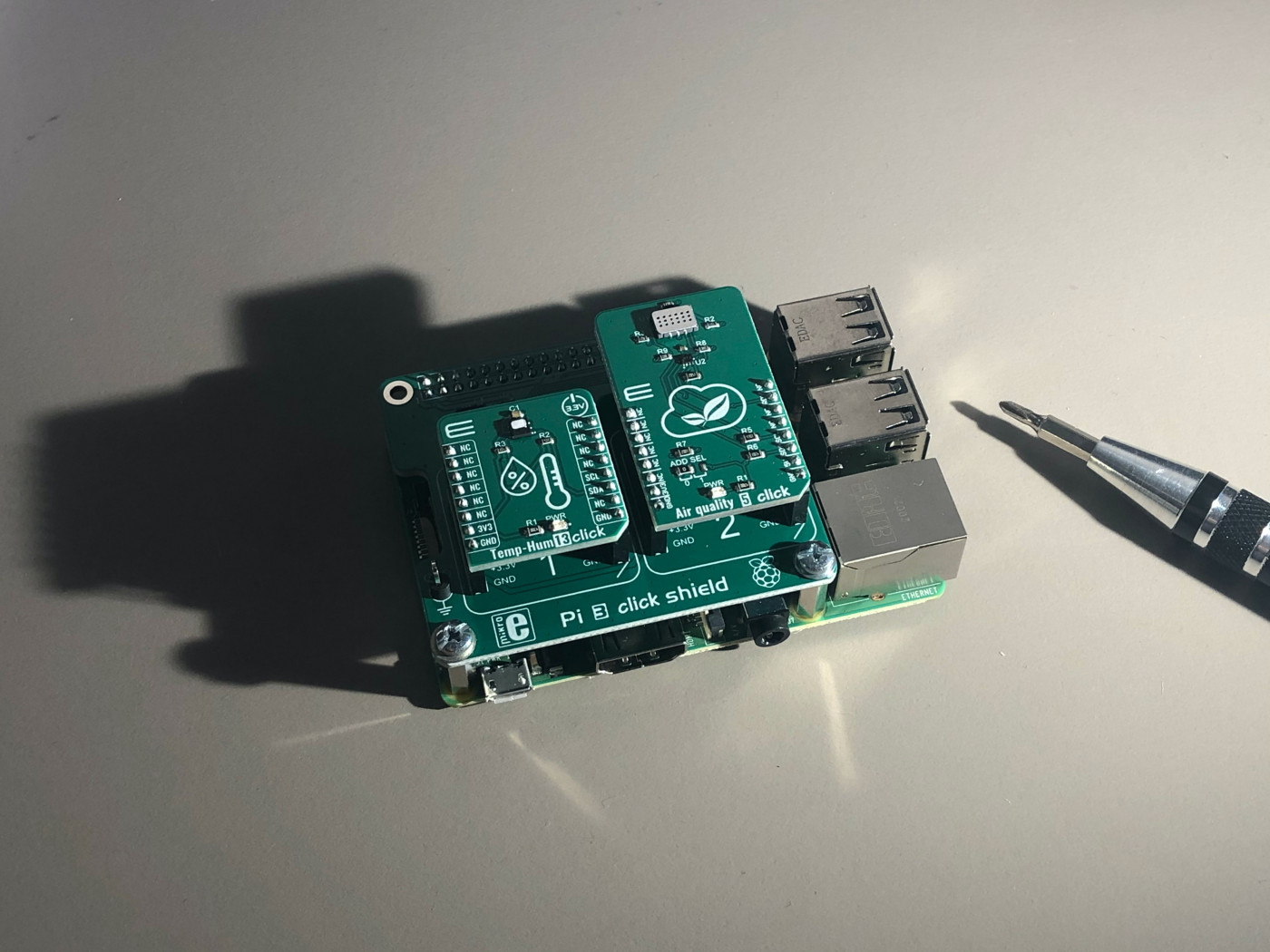Stretchable Electronics May Allow Wearable Sensors to Diagnose ALS

Stretchable electronics that are “intrinsically” stretchable — meaning they have tissue-like mechanical properties that integrate sensory devices with human skin — can better detect signals from a patient’s body than current, more rigid sensors, a study suggests.
For now, its researchers are looking into a design for these electronics as a means to diagnose amyotrophic lateral sclerosis (ALS). A goal is to move stretchable electronic wearable sensors into clinical disease monitoring.
The design was described in the study “Strain-insensitive intrinsically stretchable transistors and circuits,” published in Nature Electronics.
Electronic sensors can provide invaluable information about biological processes, which can aid in the diagnosis and management of various diseases. However, such sensors are typically made from inorganic material that is not particularly flexible, so that it cannot stretch and bend with movement.
Recent technological advancements have allowed the creation of electronic sensors that can stretch, but there’s a catch. When these sensors stretch, their physical shape changes, and that change can substantially affect the sensor’s ability to accurately sense and convey data.
A team of researchers at Stanford University and The University of Chicago set out to create a sensor that would be resistant to the effects of stretching.
“We want to develop new kinds of electronics that can integrate with the human body,” Sihong Wang, PhD, a study co-author and an assistant professor at Chicago, said in a press release. “This new design allows electronics to stretch without compromising data and could ultimately help lead us to an out-of-clinic approach for monitoring our health.”
Researchers created a new type of sensor composed of elastomers — a type of material with elastic properties; rubber is an example of an elastomer. Within the sensor, there are layers of elastomers of varying stiffness. The parts of the sensor that contained electronics were comparatively stiffer, though still elastic overall.
The general idea behind this design is that, when the entire sensor is put under strain, the parts that do the electronic sensing are strained to a lesser degree, so they are able to function relatively well. Supporting this, the team demonstrated that, when the device was stretched with up to 100% strain, its performance varied by less than 5%.
“The intrinsic softness of the designed strain-patterned platform also promises good skin conformability during the movement of the human body,” the researchers wrote.
As a proof-of-concept, the researchers created these devices with various electrical circuit features. They also demonstrated that a device built based on this concept could be used to measure electrical signals from a human muscle (the bicep).
“Now we can not only collect signals, we can also process and amplify them right on the skin,” Wang said. “That’s a very important step for the future of electrophysiological sensing, when we can sense signals continuously.”
This approach, the researchers wrote, “achieves all the desirable parameters for wearable electronics, including high device density, advanced electronic functionalities, high stretchability and strain insensitivity, and it could play a valuable role in the advancement of intrinsically stretchable electronics.”
Working with colleagues, the researchers are testing their design as a diagnostic tool for ALS — the idea being that the device could accurately measure muscle activity, which is affected by the disease. They are also hoping to develop sensors that can be implanted in a person’s body, allowing for a variety of signals to be measured.
“With advancing designs, a lot of things that were previously impossible can now be done,” Wang said. “We hope to not only help those in need, but also to take health monitoring out of the clinic, so patients can monitor their own signals in their everyday lives.”






